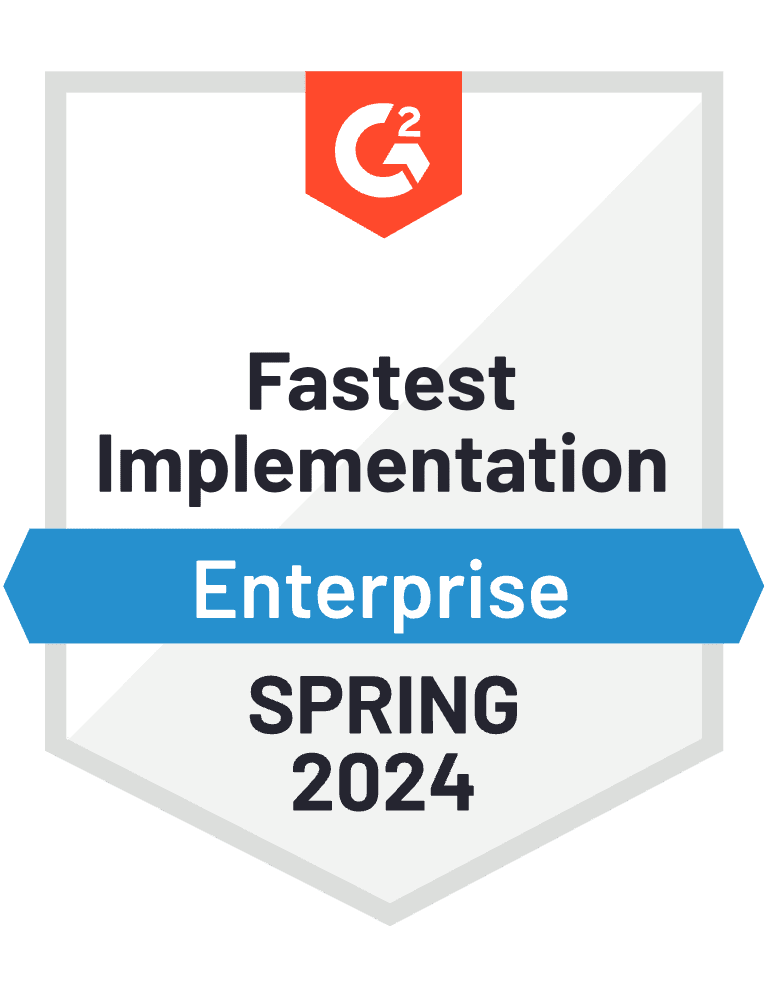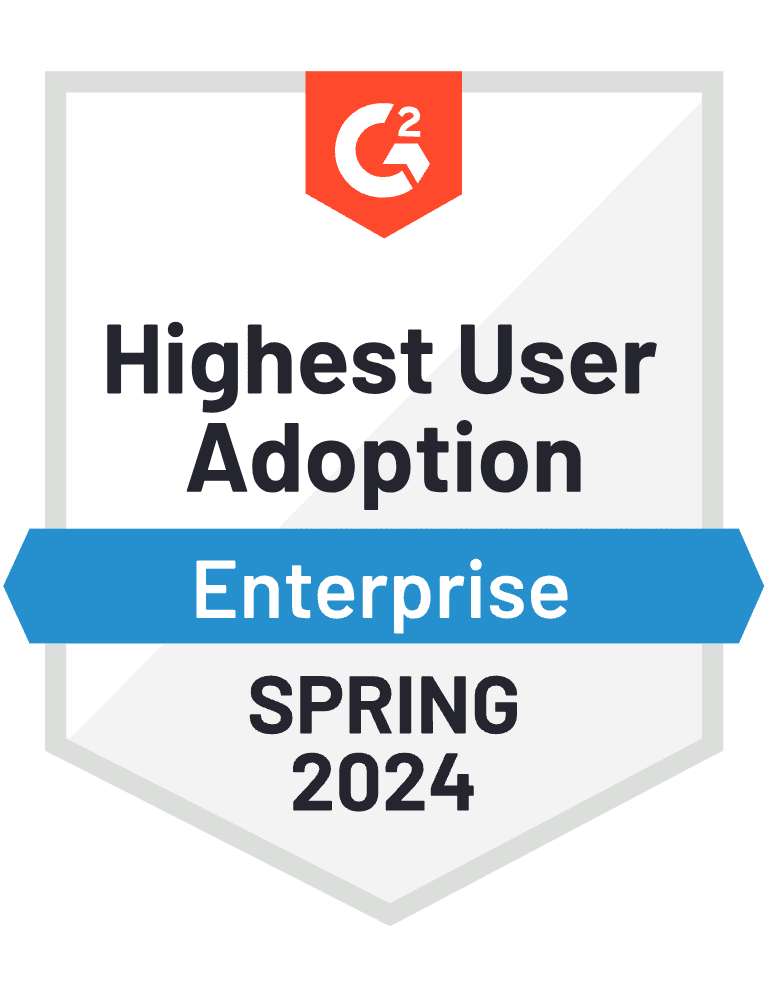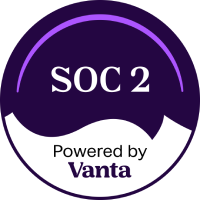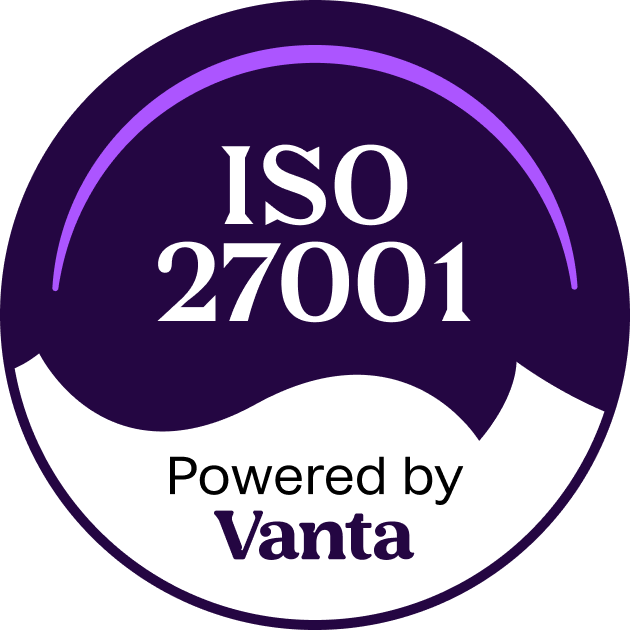Accurate and efficient reporting is crucial for effective decision-making for regulatory compliance. Financial officers and asset managers face significant challenges due to outdated reporting tools and processes that hinder operational efficiency and transparency.
Low-quality data comes with a hefty price tag in financial reporting, and the figures are astonishing. According to a study by Gartner in 2018, businesses face an average financial impact of $15 million due to data inaccuracies. What’s even more surprising is that 60% of businesses do not track the effects of bad data on their operations. This underscores the tangible ROI implications of poor data quality for your organization’s financial performance. A significant portion of this data loss can be attributed to the absence of proper business tools for precise financial reporting.
In this article we explore advanced tools and techniques that enhance reporting efficiency. By integrating modern financial reporting solutions, asset management firms can streamline their reporting processes to gain a competitive edge. We will review how these reporting solutions transform financial data management and compliance, impacting everything from everyday operations to strategy. Our goal is to equip companies with the knowledge to choose the best reporting solutions to optimize their workflows and compliance strategies.
The Importance of Efficient Financial Reporting in Asset Management
Effective financial reporting is essential for successful asset management. It allows informed decision-making to evaluate performance, manage risks, and plan future investments. In the regulated financial sector, compliance hinges on the accuracy of the reporting system.
Inadequately managed financial reporting can obscure a portfolio’s true economic health. This can lead to poor decisions that could result in a company’s financial losses. Inefficiencies in reporting processes also waste time and resources, diminishing overall operational performance.
Modern reporting solutions provide deeper insights into asset performance, revealing trends and anomalies that simpler tools could miss. These insights can improve strategic decisions, such as adjusting investment allocations or enhancing risk management practices. Optimal financial reporting isn’t just about compliance—it’s about gaining a strategic edge and achieving operational success.
Assessing Current Financial Reporting Tools
Traditional reporting platforms have often failed to meet the changing needs of financial officers and asset managers. Typically manual and error-prone, outdated systems consume considerable time and compromise reporting ability for financial data management. Traditional systems generally may not support real-time data processing. Delays in processing can prevent asset managers from seizing opportunities or effectively mitigating risks.
Data integration capabilities are another area for improvement among traditional tools. Tools that lack integration with other business systems create data silos and inconsistent information across departments. This fragmentation can obscure an organization’s financial health, complicating management efforts for regulatory compliance.
Modern financial reporting solutions overcome these challenges with seamless integration across platforms. This ensures data coherence that enhances transparency and accuracy. These tools also employ automation to minimize manual labor and errors. This automation can support real-time analytics, which can be crucial for maintaining a competitive edge. By freeing up financial officers from routine tasks, these systems allow a greater focus on strategic activities.
Let’s detail specific advanced tools which are reshaping financial reporting in asset management, highlighting their features and benefits for modern enterprises.
Recommended Financial Reporting Software Features:
- Integration Capabilities: Modern platforms integrate seamlessly with ERP and CRM systems, consolidating data streams to provide a unified financial view.
- Real-Time Data Processing: These systems offer real-time analytics, enabling asset managers to make informed decisions critical for leveraging market opportunities and managing risks.
- Customizable Dashboards: Tools include customizable dashboards that deliver key metrics and insights tailored to an organization’s needs. Preferably, these dashboards do not need an additional development layer requirement.
- Leading Solutions to Consider: Notable solutions like Oracle Financials Cloud, SAP Financial Reporting, and IBM Cognos Analytics are preferred for their reliability and comprehensive features.
Automation in Reporting:
- Automated Data Aggregation: These systems automate data collection, significantly reducing effort and increasing reporting speed.
- Error Reduction: Minimized human intervention reduces errors, enhancing reporting accuracy.
- Consistency: Automation ensures uniform reporting procedures, which is crucial for maintaining compliance.
Enhanced Security and Compliance Features:
- Compliance Monitoring: Platforms feature compliance monitoring tools that ensure adherence to regulations, which is essential in the regulatory environment of asset management.
- Secure Data Handling: Robust security measures protect sensitive data, which is critical for maintaining trust and compliance.
Techniques for Maximizing Reporting Efficiency in Your Organization
Feature-rich solutions are a great start at improving corporate data management, but how these solutions are implemented can be the difference between success and failure. Here are some strategies for utilizing these modern tools effectively.
- Perform a Needs Assessment Evaluation: Conduct a thorough assessment with your internal team to identify the specific tools and features needed. Knowing exactly what your organization wants, and doesn’t want, is necessary in adopting the right solution for your firm.
- Vendor Selection: Choose a vendor that provides the right tools that meet your requirements and offers strong support and service agreements.
- Pilot Testing: Test the tools with pilot programs to confirm integration and performance before full deployment. This is an area sometimes overlooked to quickly adopt a solution, which can lead to irreversible sunk costs and failed implementation.
- Data Integration: Easily integrate all financial data sources into the new system, managing data migrations accurately to avoid loss. Outline all data sources clearly at the outset. Even the smallest data sources can wreak havoc on your data accuracy. Carefully define all data sources in your requirements.
- Data Quality Management: Set up protocols for data accuracy and integrity, including validation processes and routine audits. Perform regular reviews of your data quality and results. While this is likely something that you’re already doing, a common mistake is assuming that automation eliminates data loss. Trust but verify.
- Centralized Data Repository: Establish a centralized repository to eliminate silos and ensure uniform access to up-to-date data. Involve all internal teams that have a hand in data management to update this repository to ensure shared responsibility in data accuracy.
Another area that is often overlooked is the focus on the needed training to adopt these platforms successfully. If your organizational leadership can’t train personnel on the most effective methods for implementation, the quality of the software may not matter much. These are some areas of adoption that you should consider for streamlining your corporate training and change management.
- Staff Training: Provide comprehensive training on the technical use of the tools and best practices for data handling. If your supplier is offering onboarding and training, involve as many of your team members as is reasonable. Common adoption challenges stem from inconsistent understanding of the software’s capabilities. Identify your SMEs (Subject Matter Experts) at the outset, if possible.
- Change Management: Use clear communication and ongoing support to help staff adapt to the new system. Include your software support personnel as often as possible in that process. Proper support is critical when you need customizations for your organization’s changing needs.
- Feedback Loops: Create feedback mechanisms to refine and improve the reporting process continuously.
- Regular Updates: Keep the system up-to-date with the latest software releases and train users on new features.
Leveraging Automation in Financial Reporting
Automation is a core requirement in modernizing your financial reporting efforts. By adopting automated reporting tools, asset managers and financial officers can boost their reporting efficiency, minimize errors, and ensure timely regulatory compliance. In addition to automated data collection and processing, here are some additional ways that automation can enhance financial reporting.
- Scheduled Reporting: Automated schedules ensure stakeholders receive regular updates without manual effort.
- Dynamic Dashboards: Dashboards that update in real-time offer views of financial health.
- Predictive Analytics: These tools use historical data to forecast trends, aiding asset managers in strategic planning.
- Compliance Automation: Systems are equipped to meet current standards from the outset, reducing compliance risks.
- Audit Trails: Automated systems create detailed logs of all transactions, simplifying audits and ensuring transparency.
While everything that we’ve looked at so far is focused on the current and near-term states of your organization, we can’t forget that the true purpose of these efforts are to prepare your business for the future.
- Scalability: Automated tools can be scaled to match growth or changing market conditions.Typically, with the right systems in place, you will be able to prepare for change management more effectively in less time and at an overall lower cost than if you had limited data available to make your growth
- Continuous Improvement: Systems offer insights into inefficiencies, driving ongoing enhancements for business improvement.
By implementing automation, firms not only enhance the accuracy of their reporting processes, but also position themselves strategically for future challenges and opportunities.
Ensuring Compliance Through Enhanced Reporting Tools
From a business protection standpoint, regulatory compliance for asset managers is vital. Advanced financial reporting solutions not only improve reporting efficiency but also strengthen compliance measures. Here are some ways these tools help you navigate the regulatory environment effectively.
- Built-in Compliance Checks: Modern tools proactively monitor financial activities against regulations, reducing violation risks and potential fines.
- Update Flexibility: These systems quickly adapt to regulatory changes, ensuring compliance with the latest legal requirements.
- Transparent Operations: These solutions log all transactions, providing clear compliance evidence during audits.
- Ease of Access: Audit trails are readily available for auditors, simplifying the audit process and reducing resource expenditure.
Data Security and Integrity:
- Secure Data Handling: Robust security measures protect sensitive data, which is essential for compliance and client trust.
- Data Integrity Checks: Regular checks ensure data accuracy, which is imperative for reliable reporting and adherence to regulations.
Reporting Standardization:
- Standardized Processes: These tools standardize reporting, ensuring uniform formats and reducing errors.
- Customizable Reporting: Systems allow customization to meet specific regulations, accommodating diverse regulatory environments.
Training and Documentation:
- Regulatory Training: New tools come with comprehensive training on both technical and compliance aspects.
- Documentation Support: Extensive support materials aid in managing compliance features effectively.
While it’s easy to stick to what you know and use platforms that haven’t evolved with the times, asset managers should be willing to adopt modern technology, and the features that come with newer industry tools, to stay in line with the changing times. In this case, not having access to the most modern solutions can be damaging to their business. At a minimum, leaders should be aware of the feature gaps of their financial reporting software.
Technology advancements occur daily and the user experience demands placed on software ensures that new features stay aligned with the industry. This means being aware of the areas your software has and hasn’t kept up. Read reviews often, on websites like G2, to become more knowledgeable of the possible gaps in your software’s development roadmap and current offerings. You don’t have to be a technical wizard to stay informed. Simply knowing what your peers think about the tools that you use in your daily activities can help you advise
However, the journey doesn’t end with the adoption of new technologies. Continuous engagement with these systems through training, updates, and feedback loops is essential to fully capitalize on their benefits. Asset management firms must remain proactive, always looking to refine and enhance their financial reporting processes to stay ahead in a competitive and ever-evolving industry.







